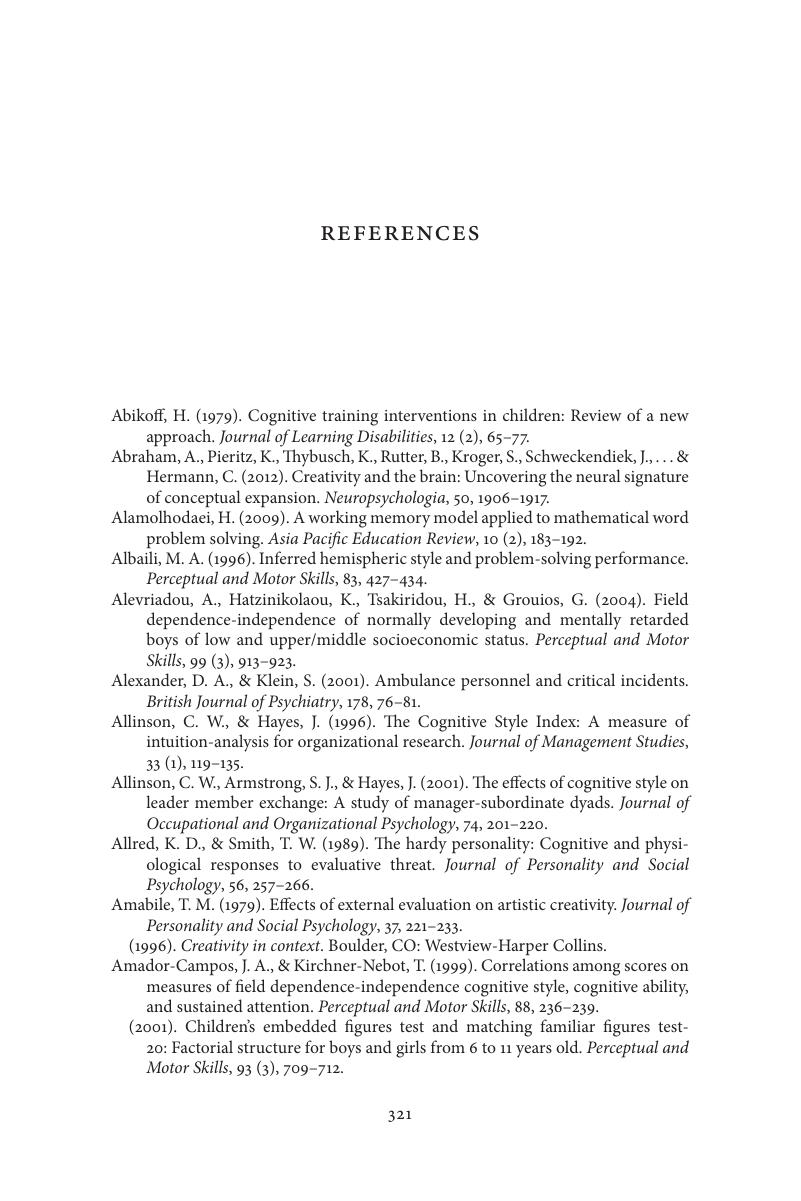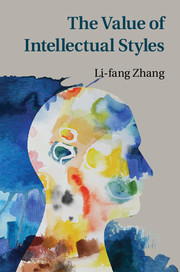Book contents
- The Value of Intellectual Styles
- The Value of Intellectual Styles
- Copyright page
- Dedication
- Contents
- Preface
- Acknowledgments
- Acronyms
- Part I General Introduction
- Part II Empirical Evidence: Three Classic Variables and Intellectual Styles
- Part III Empirical Evidence: Academic Settings
- Part IV Empirical Evidence: Nonacademic Settings and Style Preferences
- Part V Concluding Remarks
- Appendix Further Information on the Principal Inventories That Generated the Literature Reviewed in Chapters 2 through 8
- Notes
- References
- Author Index
- Subject Index
- References
References
Published online by Cambridge University Press: 03 November 2017
- The Value of Intellectual Styles
- The Value of Intellectual Styles
- Copyright page
- Dedication
- Contents
- Preface
- Acknowledgments
- Acronyms
- Part I General Introduction
- Part II Empirical Evidence: Three Classic Variables and Intellectual Styles
- Part III Empirical Evidence: Academic Settings
- Part IV Empirical Evidence: Nonacademic Settings and Style Preferences
- Part V Concluding Remarks
- Appendix Further Information on the Principal Inventories That Generated the Literature Reviewed in Chapters 2 through 8
- Notes
- References
- Author Index
- Subject Index
- References
Summary

- Type
- Chapter
- Information
- The Value of Intellectual Styles , pp. 321 - 364Publisher: Cambridge University PressPrint publication year: 2017



